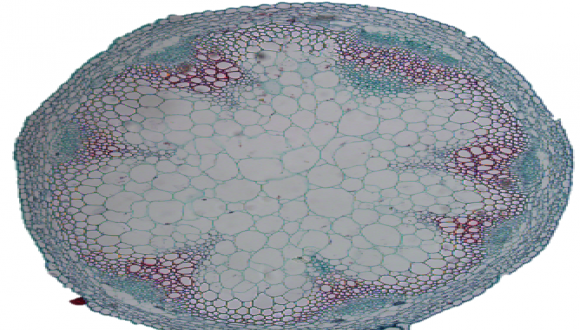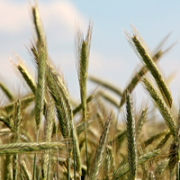Reduced lignin levels in plant cell walls would increase the efficiency of bioethanol production.
he continued utilization of fossil fuels as our major energy source in not sustainable. To tackle this problem, a global effort is being carried out for developing alternative energy resources. The utilization of plant carbohydrates as a source for bioethanol production is believed to be a promising avenue. Utilization of plants would not only substitute dwindling fossil fuel resources, but would also improve the balance between production and consumption of greenhouse gases and their negative effects on global warming. Bioethanol is obtained by the fermentation of plant carbohydrates, which are mostly found in plant cell walls in the form of polysaccharide polymers such as cellulose. Before the fermentation process can take place, the cellulosic material first needs to be broken down into its monosaccharide components. The problem, however, is that the cellulosic material in the cell walls is associated with another polymer, lignin (“wood”). Lignin interferes with the breakdown of cellulose and is therefore a major obstacle to its utilization for the production of bioethanol. Although lignin can be separated from the cellulosic material by chemical means, this is not a viable option as there are substantial losses in cellulosic biomass during the process. The ideal solution would be to develop a plant species that contained low levels of lignin in the cell wall, and in this regard our research has been successful. We have discovered a certain group of proteins that regulate the amount of the lignin in the cell walls of plant vascular tissue. When activated, these proteins cause a reduction in the amount of lignin produced. Plant varieties with constitutively active mutant forms of these proteins have lower lignin levels in their vascular tissue, while at the same time show normal growth rate and seed production. In summary, the technology we’ve developed would increase the efficiency in separating the lignin from the cellulosic material for the fermentation and production of bioethanol.






